Top 12 AI Technology Trends for 2025
Harikrishna Kundariya

A staggering 40% of consumers abandon their purchase when a payment fails, and 33% never attempt it again after a failed transaction. A glitchy checkout doesn’t just lose a sale—it loses a customer forever. Plus, 74% of consumers used instant payment services in the past year, highlighting that users now expect real‑time, seamless transactions as the standard.

Fintech companies typically handle sensitive financial data, so payment integration must adhere to stringent security and compliance standards. But beyond security, the user experience plays a pivotal role. Whether your platform supports peer-to-peer transactions, recurring subscriptions, or digital lending, users expect a fast, smooth checkout process that doesn’t interrupt their journey.
A well-integrated payment system also reinforces brand credibility. When users are redirected to unfamiliar third-party platforms for checkout or experience latency during payments, it creates friction—and often leads to drop-offs. Embedding secure, reliable gateways within your Webflow site enhances the perception of stability and trustworthiness, key values for any fintech brand.
Moreover, fintechs must often serve a global user base, meaning the ability to accept multi-currency payments, local banking methods, and digital wallets like Apple Pay or UPI becomes a core capability rather than an optional feature. Without the right integration, even minor gaps in these areas can result in poor retention or hinder expansion.
In short, seamless payment gateway integration is a competitive differentiator in fintech. It streamlines internal processes, safeguards user data, and elevates the customer journey—all of which are foundational to building a modern, scalable fintech platform.
Before choosing a payment gateway or writing a single line of code, it's crucial to assess the specific needs and constraints of your fintech Webflow site. Not all integrations are created equal, and fintech demands more diligence than standard eCommerce setups.
Start by defining your business model. Are you selling SaaS subscriptions, facilitating peer-to-peer payments, managing digital wallets, or enabling invoice-based transactions? The nature of your offerings will heavily influence which gateway is the best fit. For instance, a SaaS product may prioritize recurring billing and dunning management, while a lending platform might require deeper compliance and KYC integrations.
Next, understand your geographic footprint and audience preferences. If you're serving international clients, choose a gateway with strong multi-currency support and localized payment options. While Stripe and PayPal dominate global markets, regional players like Razorpay (India), Mollie (Europe), or Mercado Pago (Latin America) may offer better local performance and lower transaction fees.
Another crucial factor is compliance. Fintech platforms must meet regulatory requirements such as PCI-DSS, GDPR, and, in some cases, local data residency laws. Some gateways handle compliance overheads better than others—Stripe, for example, is known for its PCI-compliant hosted checkout and automated fraud detection tools.
Payment flow customization is also a strategic consideration. Webflow's native checkout is limited to basic eCommerce. If your platform needs multi-step onboarding, variable pricing, or conditional logic (e.g., fees based on user profiles), you'll likely require a custom implementation using tools like Stripe Elements or Razorpay’s APIs.
Finally, don’t overlook transaction volume and scalability. Some gateways impose caps, fees, or performance lags when handling high volumes. Choose a solution with a proven track record of scaling with businesses—especially if you're projecting rapid user growth or seasonal traffic spikes.
In essence, selecting the right payment integration isn’t just about plugging in a tool—it’s about architecting a secure, future-ready financial infrastructure for your Webflow-powered fintech platform.
Webflow offers out-of-the-box payment functionality, but its native capabilities are primarily tailored to standard eCommerce use cases rather than complex fintech solutions. That said, understanding what’s available natively is the starting point for any integration strategy.
At its core, Webflow’s eCommerce feature supports payments through Stripe and PayPal. These integrations are straightforward to configure, making them a practical choice for startups or MVPs that require basic checkout flows. Stripe enables secure credit card processing, as well as modern digital wallets like Apple Pay and Google Pay. PayPal, known for its user trust and simplicity, offers an alternative path that requires minimal customer data entry.
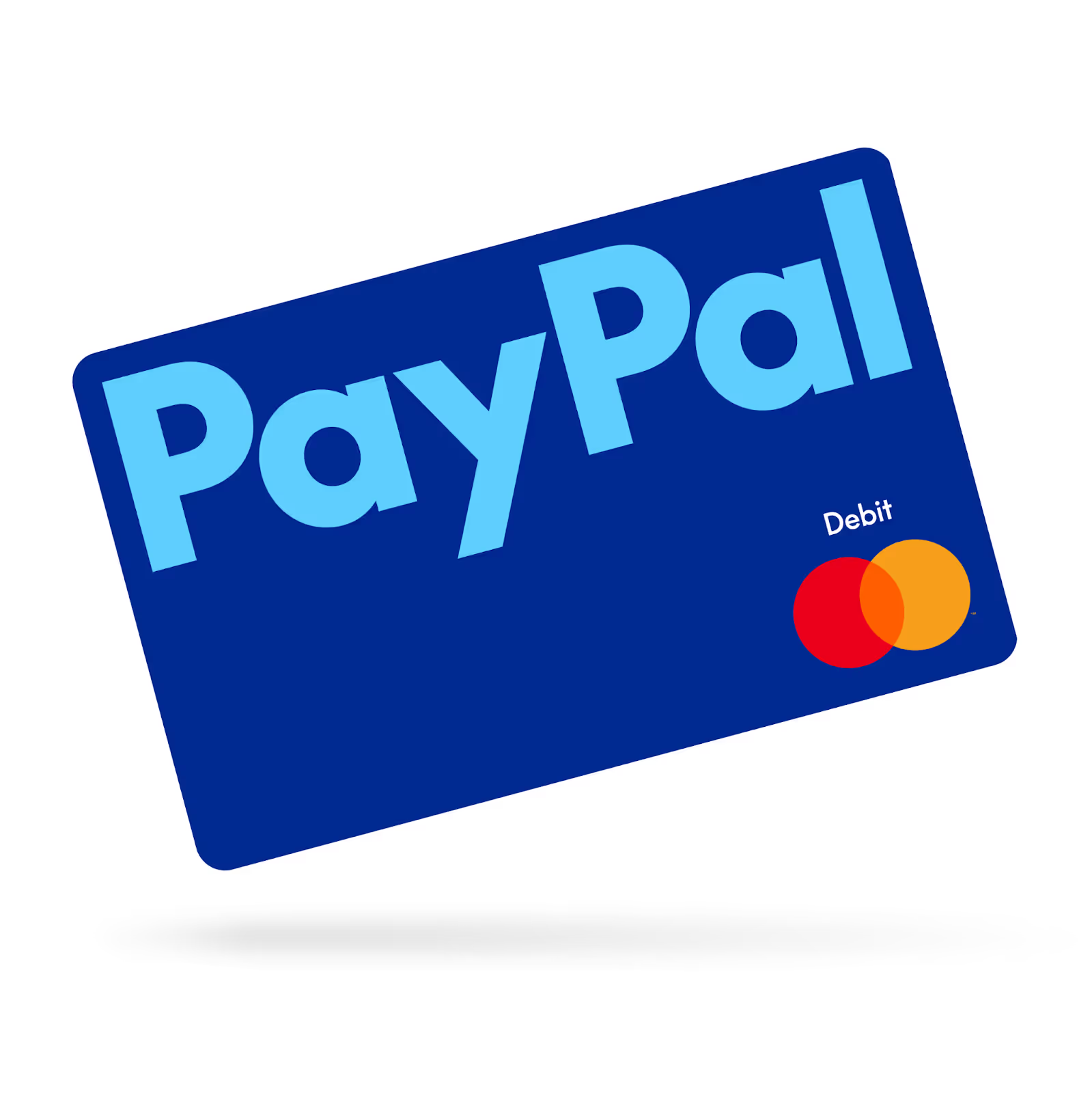
To enable these options, Webflow users must upgrade to an eCommerce plan, after which they can connect their payment processor through the dashboard. The platform provides a guided setup process, allowing for easy configuration of payment methods, currencies, taxes, and shipping rules.
However, there are significant limitations fintech founders should be aware of. For example, Webflow does not support subscriptions or recurring billing natively—features essential for most SaaS, lending, or membership platforms. Nor does it offer dynamic payment flows, gated content, or backend logic for advanced transaction management.
Moreover, Webflow’s native checkout experience is largely uncustomizable beyond basic design tweaks. For fintech use cases that require a branded, seamless flow with in-line form validations or secure multi-step processes, this limitation can be a bottleneck. You cannot implement advanced fraud detection, saved payment methods, or conditional fee logic using just Webflow’s built-in tools.
Nonetheless, if your payment needs are relatively simple—such as collecting one-time fees or selling digital services—Webflow’s native features can serve as a solid foundation. For anything beyond that, particularly in the fintech space, you’ll need to explore third-party solutions or custom code integrations.
The key takeaway is that Webflow’s native payment tools are functional but not flexible. Fintech startups serious about scale, compliance, and user experience must look beyond Webflow’s defaults and build a more robust stack.
Choosing the right payment gateway isn’t just a technical decision—it’s a strategic one that affects everything from user acquisition to global expansion. For fintech businesses, this selection process should be guided by a deep understanding of the product model, regulatory obligations, and customer behavior.
Begin by analyzing the scope of financial transactions your platform will support. Are you processing one-time payments, recurring charges, or microtransactions? Do you need capabilities for invoicing, escrow, or multi-party settlements? Stripe, for instance, is a popular choice for its developer-friendly APIs and broad support for subscription billing, dynamic invoicing, and embedded checkouts. On the other hand, Razorpay excels in local payment options and supports everything from UPI to EMI, which is critical for Indian markets.
Compliance and security should be non-negotiable. Look for PCI-DSS certification, 3D Secure support, encryption standards, and fraud detection mechanisms. Fintech users are particularly sensitive to security lapses, and a weak link in your payment process can severely damage your brand. Stripe and Adyen, for example, offer built-in fraud protection and advanced monitoring tools, making them ideal for high-trust environments.
Internationalization is another major factor. If your fintech app serves a global audience, ensure the gateway supports multiple currencies, local banks, and region-specific payment methods. Some processors allow you to localize the checkout experience entirely, from language to currency format, which significantly boosts conversions in non-English-speaking regions.
Also, evaluate developer resources and integration flexibility. If you plan to create a custom experience or integrate with your backend, choose a gateway with extensive API documentation, sandbox environments, and support for webhooks. Stripe and Braintree lead in this area, offering powerful APIs for customized workflows and real-time data handling.
Cost transparency matters as well. Beyond the standard transaction fees, some gateways charge for cross-border transactions, failed payments, or currency conversions. Scrutinize fee structures carefully and assess how they will impact your unit economics, especially at scale.
Finally, consider customer support and uptime guarantees. Payment interruptions can halt business operations. Opt for providers with strong SLAs, global support coverage, and incident transparency. Providers that offer proactive issue monitoring and incident response channels are better equipped to support fintech’s real-time demands.
To sum up, selecting a payment gateway for your fintech Webflow site requires more than ticking a box. It’s about aligning the gateway’s capabilities with your platform’s growth strategy, compliance landscape, and user expectations.
Stripe is a top-tier payment processor for fintech businesses, and Webflow offers multiple ways to integrate it. The simplest route is through Webflow’s native eCommerce feature. Once enabled, Stripe can be connected directly via the Webflow dashboard, allowing for one-time payments and checkout for digital or physical goods. However, this built-in method comes with limitations—namely, it doesn't support subscriptions or custom pricing logic.
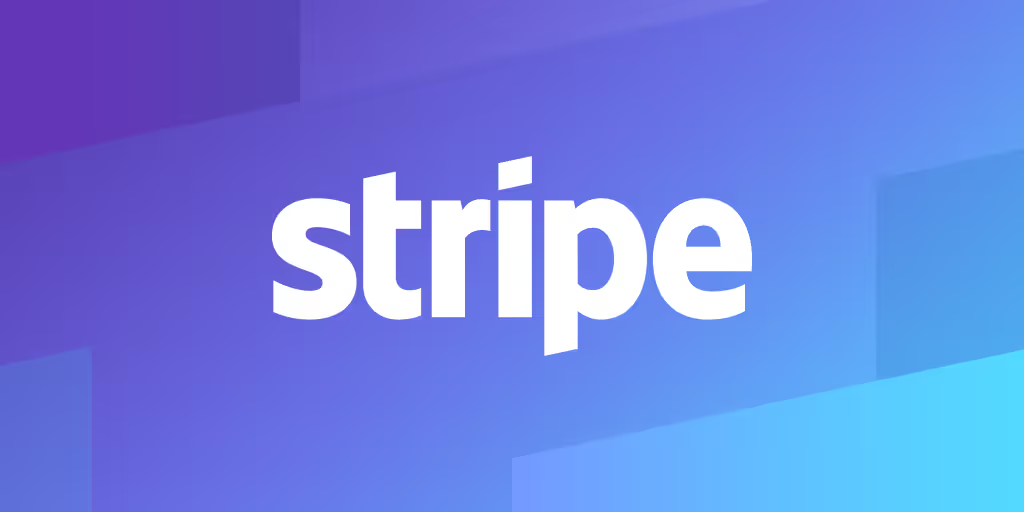
For fintech platforms that require more sophisticated features like recurring billing, dynamic pricing, or customer authentication, using Stripe’s APIs or Stripe Checkout is the way to go. Stripe Checkout allows you to redirect users to a secure, branded payment page hosted by Stripe. This reduces your PCI compliance burden while giving you access to powerful tools like Apple Pay, Google Pay, and 3D Secure.
If you want to embed the payment process directly into your Webflow site without redirection, Stripe Elements is the solution. It provides pre-built components for credit card inputs, real-time validation, and more. Integrating Elements requires custom JavaScript and server-side logic, typically handled using Firebase, AWS Lambda, or a backend framework like Express.js. This method gives full control over the checkout experience, which is especially valuable for fintech products that require a streamlined, white-labeled user interface.
Another alternative is Stripe Payment Links. You can generate these links within your Stripe Dashboard and use them in Webflow buttons or CMS-driven content. This no-code method is ideal for one-off services, donations, or client invoicing. It’s fast to set up but lacks flexibility in terms of branding and conditional logic.
Fintech platforms should also take advantage of Stripe’s customer portal, subscription management, and webhooks to automate workflows such as billing updates, dunning, and refunds. This level of automation ensures reliability and consistency in financial operations.
Ultimately, Stripe’s flexibility, compliance readiness, and global reach make it one of the best choices for fintech startups building on Webflow. But to truly unlock its potential, most teams will need to go beyond native integrations and invest in advanced configuration.
While Stripe is a global leader, it's not always the best fit for every market. Fintech platforms targeting specific regions often benefit more from local payment gateways like Razorpay in India or PayPal in North America and parts of Europe. Each of these gateways offers unique advantages that can align better with regional user preferences, banking infrastructure, and regulatory compliance.
Razorpay, for example, is optimized for the Indian market. It supports a broad range of local payment methods, including UPI, net banking, credit/debit cards, and even EMI options. For fintech businesses operating in or entering India, this breadth of local options is essential to meet user expectations and reduce friction at checkout. Razorpay also offers developer-friendly APIs and automation tools, making it a viable choice for both simple and complex payment workflows.

Webflow does not offer native integration with Razorpay, but you can connect the two using no-code platforms like Zapier or Make. The most common approach involves triggering Razorpay Payment Links from Webflow form submissions. This setup allows for automated invoicing and transaction tracking without writing backend code. Advanced users may integrate Razorpay APIs directly into Webflow using custom embed code and webhooks, enabling a more seamless and controlled experience.
PayPal, on the other hand, is trusted by millions of users worldwide for its buyer protection features and ease of use. It’s particularly effective in B2C contexts where trust and security are top priorities. Webflow supports PayPal natively, allowing users to connect their PayPal Business accounts with a few clicks. However, like Stripe’s native integration, this method limits custom checkout capabilities and doesn’t support recurring payments.
For fintech platforms that require alternative methods such as ACH transfers, direct debit, or region-specific e-wallets, other gateways like Payoneer, Adyen, or Mollie may be more suitable. These providers offer extensive localization options, compliance features, and APIs to support custom flows. The key challenge with these integrations is that they typically require server-side scripting, secure token handling, and a backend layer that Webflow doesn’t provide natively.
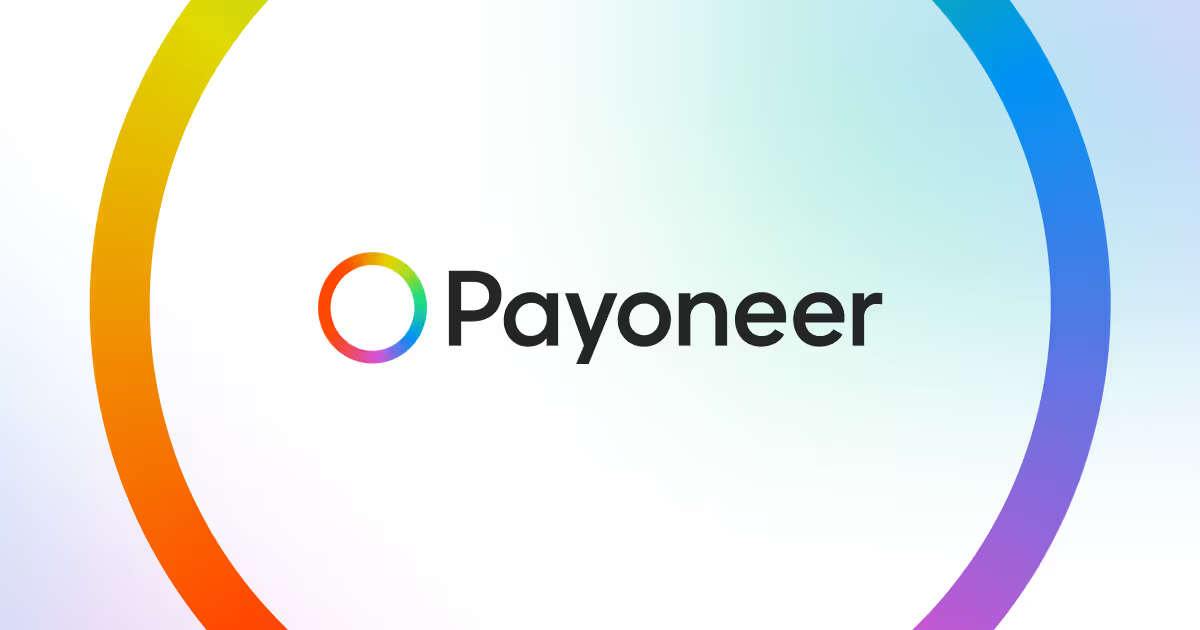
To overcome this, many developers implement hybrid solutions—combining Webflow for frontend experiences with backend services hosted on platforms like Firebase or AWS. This way, Webflow handles the interface while the backend processes payments securely and compliantly.
Choosing the right gateway for your Webflow fintech site depends largely on your target market, business model, and the specific features you need. Local payment providers can offer better conversion rates, lower transaction fees, and enhanced user trust—making them a smart choice for regionally-focused platforms.
A fast, secure, and intuitive checkout is critical for conversions in any fintech product. Especially when financial data is involved, users expect a frictionless experience. For fintech platforms built on Webflow, this means combining thoughtful UX design with the right technical integrations.
For fintech platforms offering SaaS products, investment tools, or premium services, recurring billing is often a core business function. While Webflow excels in design and UX, it lacks native support for subscriptions. However, with the right tools and integrations, a reliable subscription system is entirely achievable.
In fintech, transparency and reliability are non-negotiable. A well-integrated subscription and invoicing system builds user confidence and ensures smoother scaling as your platform grows.

Automation is key to delivering seamless and scalable payment experiences. For fintech platforms built on Webflow, no-code tools like Zapier and Make (formerly Integromat) offer powerful ways to automate workflows without heavy development effort. These tools help bridge functionality gaps, enabling connections between Webflow and payment processors like Stripe, Razorpay, or PayPal.
A common use case is connecting Webflow forms to payment processors. For example, when a user submits a subscription form, Zapier can automatically create a customer in Stripe, generate a payment link, and send a confirmation email—no coding required. This is especially useful for use cases like free trials, gated financial reports, or one-time purchases of premium services.
Make provides greater flexibility for building multi-step workflows with conditional logic and branching paths. This is ideal for fintech processes involving compliance, timing, or personalized user flows. For instance, if a user selects a "Premium" service, Make can trigger an invoice via Stripe, while a "Basic" user is sent to a simplified checkout experience.
After a payment is completed, Zapier or Make can trigger post-payment workflows such as sending onboarding emails, unlocking restricted content, or updating CRM platforms like Airtable or HubSpot. This automation keeps the customer journey consistent and efficient, which is especially important in financial workflows involving document delivery or legal confirmation.
These tools also support event-based triggers for scenarios like failed payments, subscription cancellations, and refund requests. For fintech teams, these alerts can be routed to Slack channels or internal dashboards to ensure timely action and customer follow-up.
While powerful, no-code tools have limitations. They may not handle high transaction volumes efficiently and may require premium tiers for features like advanced logic, error handling, and custom data formatting. For workflows involving high sensitivity or compliance, custom code might still be the safer option.
Despite their limitations, Zapier and Make are ideal for early-stage fintech teams or MVPs that need to move fast without full development resources. They allow for quick integration of Webflow with essential services—like payment processors, CRMs, and email tools—making them valuable parts of a modern no-code stack.
In fintech, design is more than aesthetics—it’s about creating confidence. Users are sharing sensitive financial information, so your Webflow site must convey trust and regulatory alignment at every step, especially during payments.
Visual cues help users feel secure. Use SSL certificates, trusted payment provider badges, and visible privacy policy links. In Webflow, you can build these elements into reusable components to ensure consistency across all payment-related pages.
Compliance isn’t optional—it’s foundational. While Webflow doesn’t process payments itself, your integrated tools (like Stripe or Razorpay) must meet standards such as PCI DSS, GDPR, or local financial regulations. Your design should explain how user data is handled and protected.
Use clean, focused forms that ask for only the necessary information. Include fields for both billing and contact info, but avoid clutter. Well-organized layouts help users complete transactions without confusion or error.
Contextual tooltips and helper text build confidence. For example, a short note like “CVV is the 3-digit code on the back of your card” helps reduce uncertainty. These enhancements can be built using native Webflow elements or light custom code.
Users want to know what they’re paying and when. Include expandable FAQs or modal windows that explain:
Generic messages like “Payment failed” damage trust. Instead, explain what went wrong and what the user can do next. Webflow allows you to customize form error states, especially when paired with Stripe Elements or no-code tools like Zapier.
Mobile usability is critical. Small bugs or layout issues can derail conversions. Use Webflow’s responsive tools to test and optimize your payment flow on all screen sizes and browsers.
Fintech users expect professionalism, clarity, and security. By designing with trust and compliance at the core, you go beyond meeting legal requirements—you deliver an experience that fosters confidence and long-term brand loyalty.
In fintech, every transaction must be flawless. A payment error doesn’t just affect UX—it can damage your brand’s credibility. Thorough testing before launch is essential to ensure a secure, seamless experience.
Enable the “Test Mode” in your payment provider’s dashboard.
Stripe, Razorpay, and PayPal all offer sandbox environments to simulate real transactions.
Use dummy credentials to verify workflows, error handling, and notification systems before going live.
If using Stripe, run test cases like:
If you’ve set up automations with Zapier or Make, confirm they’re triggered correctly:
Account for rare but possible issues:
Run your payment flow on:
Double-check for critical details on your checkout page:
Once all tests pass, disable Test Mode and activate live payments.
Run a few real transactions yourself or with a trusted tester to catch issues that may only occur in production, such as:
Establish real-time alerts for:
After verifying your integration under both simulated and real-world conditions, you’re ready to go live.
A well-tested payment flow not only supports conversions—it builds long-term trust in your fintech platform.
Fintech Startup A: Subscription-Based Investment Platform
This startup offered automated investment services and required recurring billing, subscription management, and secure access to user dashboards. They used Webflow for the frontend, Stripe Billing for payment processing, and Memberstack to manage user authentication and gated content. Their test-mode simulations covered scenarios like card failures, dunning, and cancellations. The result was a smooth onboarding flow fully integrated within their branded Webflow experience.
E-commerce Platform B: Digital Asset Sales
An NFT and digital collectibles platform combined Webflow eCommerce, Stripe Payment Links, and Zapier automation. Stripe Payment Links powered limited-time sales, while Zapier tied Webflow form submissions to inventory tracking and confirmation emails. This flexible setup allowed for high-converting launches without custom coding.
Regional Fintech C: Southeast Asian Micro-Loans App
Targeting markets in Southeast Asia, this app supported local e-wallets and bank transfers using Razorpay for transactions, integrated via Zapier's Razorpay-Webflow automation. Webflow handled form submissions for loan applications, which triggered Razorpay payment links. Make (formerly Integromat) was used to manage notifications, track disbursements, and maintain backend compliance.
Analytics Dashboard D: SaaS with Tiered Plans
This B2B SaaS provider needed an embedded, seamless checkout. They used Stripe Elements to design a custom payment flow within Webflow. With a backend built using AWS Lambda, they securely created payment intents and handled webhook responses. A similar use case and implementation strategy is detailed by Flow Ninja’s Stripe integration guide.

Designing and deploying a fintech website on Webflow is one thing—ensuring seamless and secure payment processing is another. As we've explored, integrating payment gateways into Webflow sites is not just about choosing the right provider. It involves aligning payment infrastructure with your business model, technical requirements, and the user experience you want to offer.
From simple one-time purchases to complex recurring billing and embedded payment forms, Webflow’s flexibility—when paired with tools like Stripe, Razorpay, Zapier, and Make—can support nearly every fintech use case. The key is knowing when to use native features, when to extend with middleware, and when custom development becomes essential.
Whether you're launching a subscription-based product, facilitating cross-border transactions, or offering tiered SaaS plans, the decisions you make about payment gateway integration will directly impact conversion rates, user trust, and scalability.
If you're looking to build a high-performance, secure, and scalable fintech Webflow site that integrates payments seamlessly—consider working with Ballistic. Our team specializes in tailored Webflow solutions that fuse beautiful design with enterprise-level technical functionality. From selecting the right gateway to implementing full-stack workflows, we’re equipped to elevate your fintech experience.
Learn more about how Ballistic can help with your next project here.
1. Can I integrate multiple payment gateways into one Webflow site?
Yes, you can integrate more than one payment gateway by using a combination of Webflow’s native eCommerce settings, middleware tools like Zapier or Make, and custom code. This is especially useful for businesses targeting both local and international customers who prefer different payment methods.
2. Is Stripe the best choice for all fintech use cases on Webflow?
Stripe is a powerful option, particularly for startups and SaaS platforms thanks to its rich APIs, support for subscriptions, and global currency handling. However, it's not always ideal for regions where Stripe isn’t available. In such cases, tools like Razorpay (for India and South Asia) or Paystack (for Africa) may be better alternatives.
3. How do I handle recurring billing in Webflow?
Webflow’s native tools do not support recurring billing. For subscription models, you’ll need to integrate with Stripe Billing, often using platforms like Memberstack or Zapier to manage user sessions and payment cycles.
4. What’s the difference between Stripe Payment Links and Stripe Elements in Webflow?
Stripe Payment Links are quick, hosted checkout pages that you can link to from buttons in Webflow—ideal for no-code setups. Stripe Elements, on the other hand, allows for fully embedded, branded checkout experiences directly within your Webflow site, but requires custom development and backend support.
5. Can I use Webflow forms to initiate payments?
Not directly. Webflow forms can’t store or process credit card data due to PCI compliance rules. However, you can use form submissions to trigger payment workflows using Zapier, Make, or a custom backend that interacts with Stripe or Razorpay APIs.
6. Why should I work with Ballistic for fintech Webflow integrations?
Ballistic brings deep experience in fintech web design, secure payment gateway integrations, and scalable architecture planning. Whether you're building a lightweight MVP or a full-scale platform, we ensure your payment setup is compliant, conversion-friendly, and aligned with your business goals. Explore our services here.

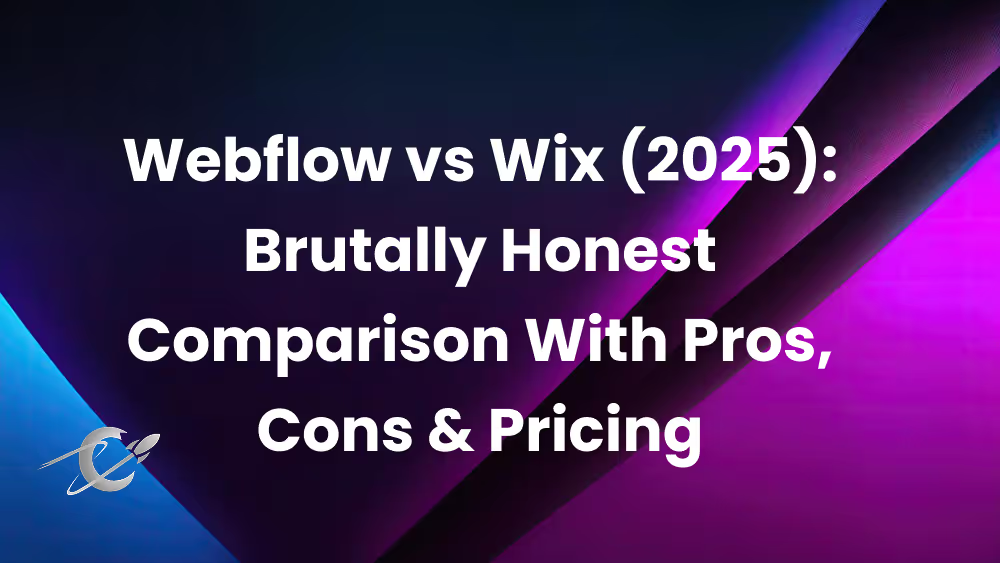
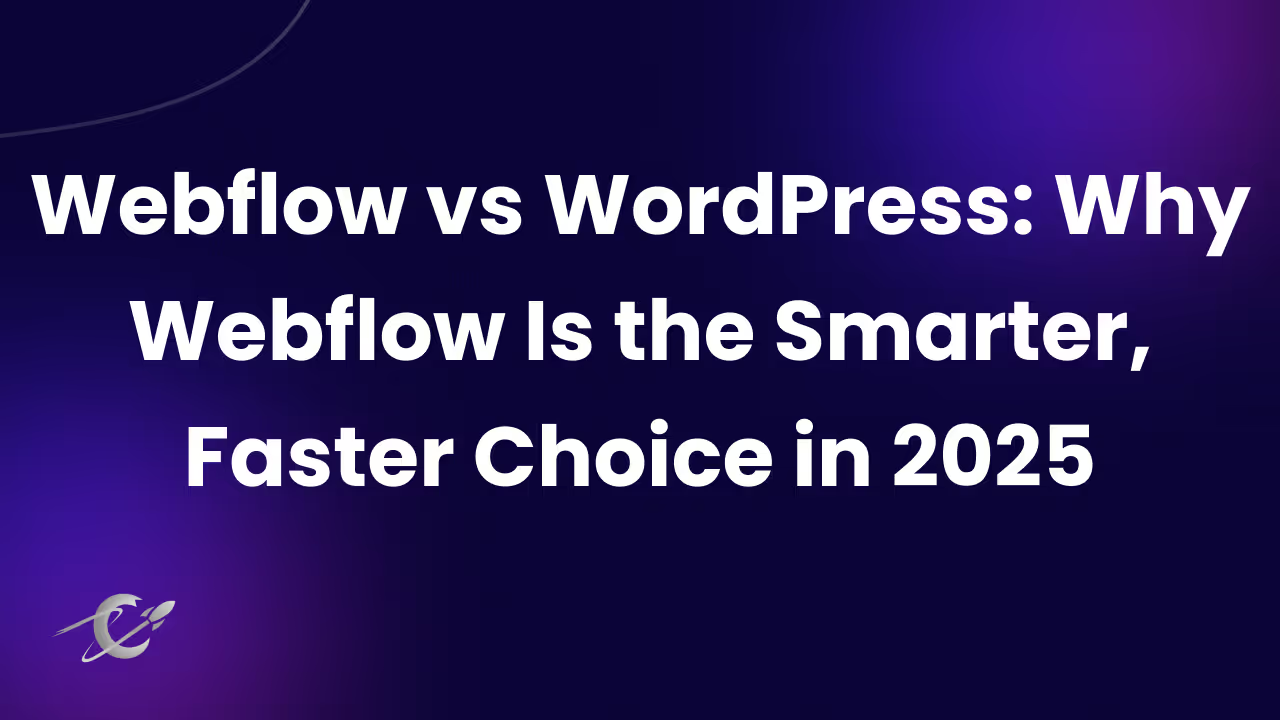
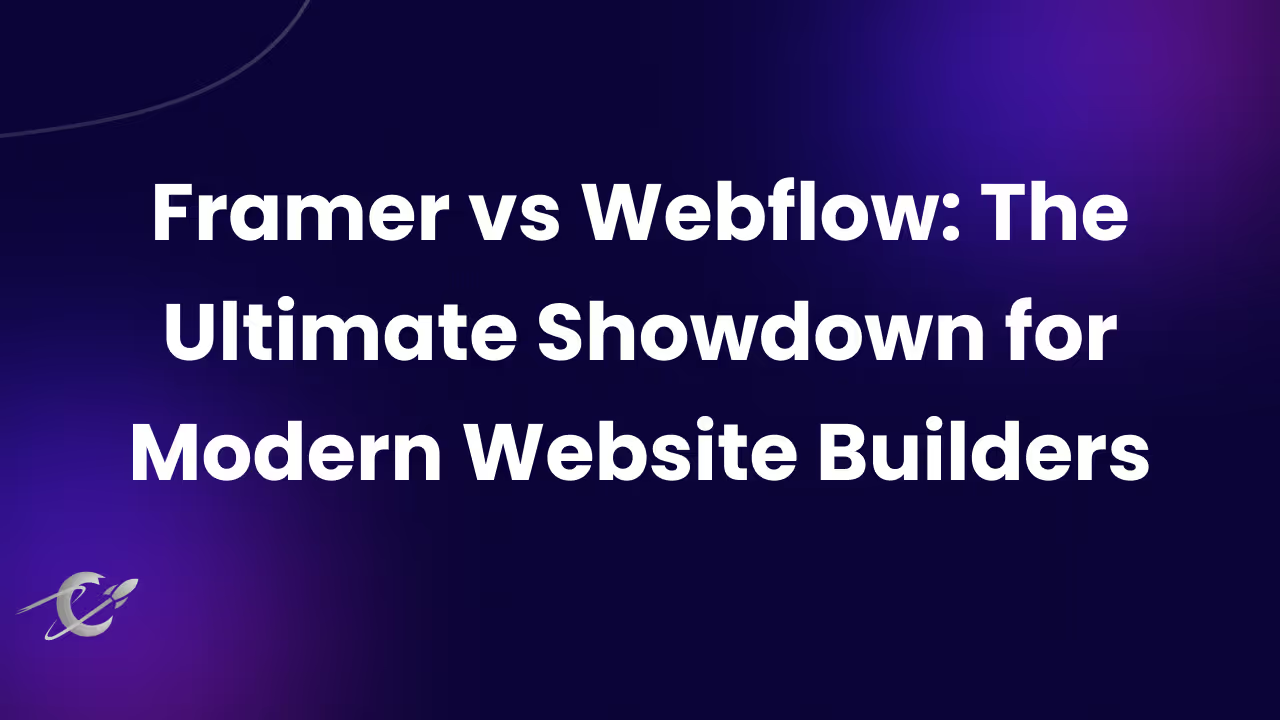
Only valid for-